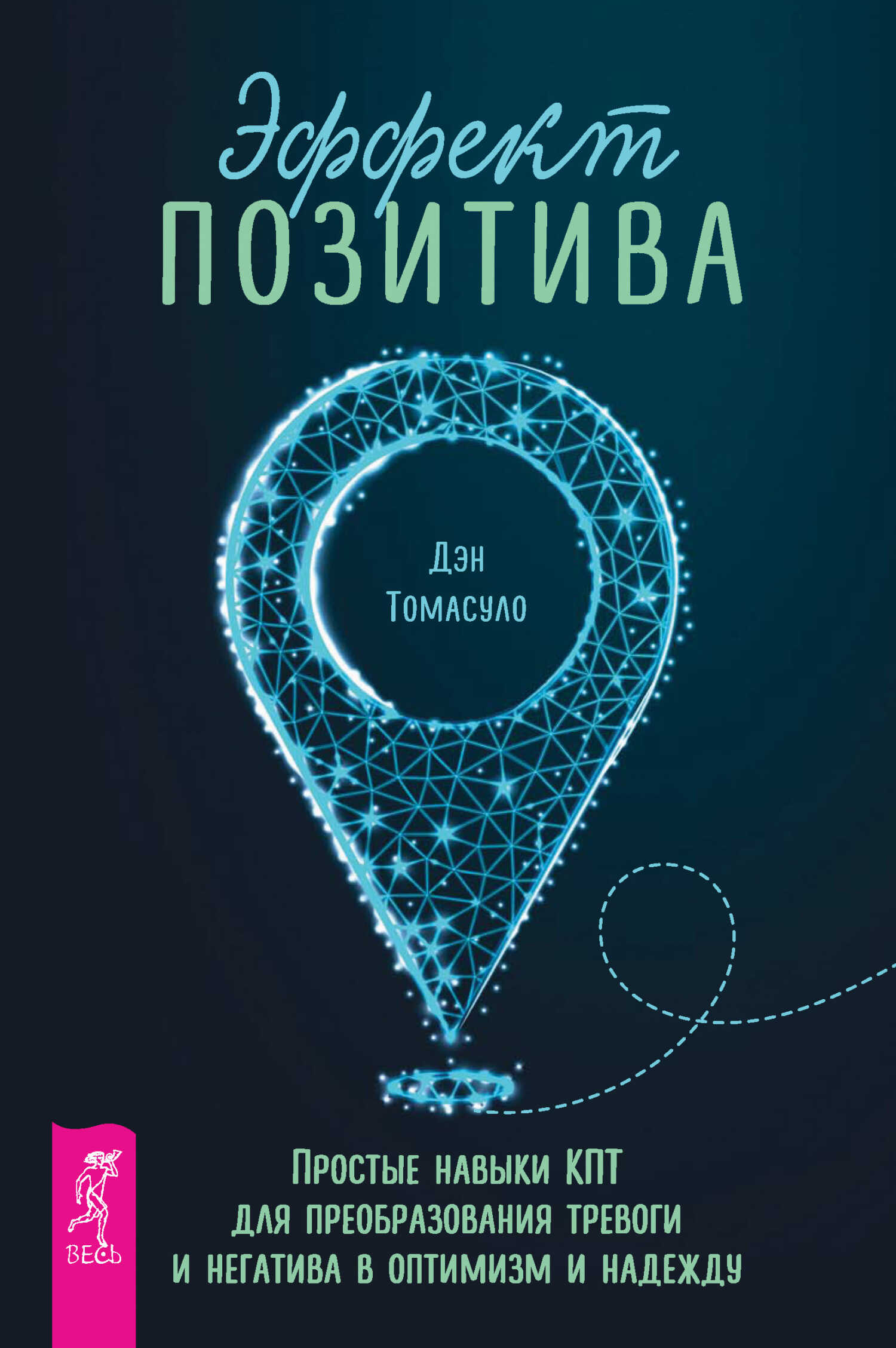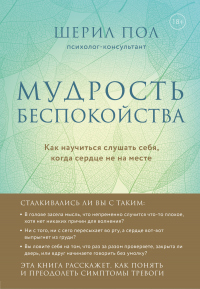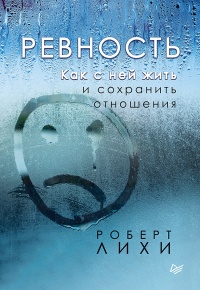Книга Свобода от тревоги. Справься с тревогой, пока она не расправилась с тобой - Роберт Лихи
Читать книгу Свобода от тревоги. Справься с тревогой, пока она не расправилась с тобой - Роберт Лихи полностью.
Шрифт:
-
+
Интервал:
-
+
Закладка:
Сделать
Перейти на страницу:
Перейти на страницу:
Книги схожие с книгой «Свобода от тревоги. Справься с тревогой, пока она не расправилась с тобой - Роберт Лихи» от автора - Роберт Лихи:
Комментарии и отзывы (0) к книге "Свобода от тревоги. Справься с тревогой, пока она не расправилась с тобой - Роберт Лихи"












